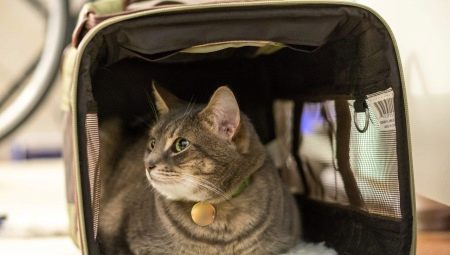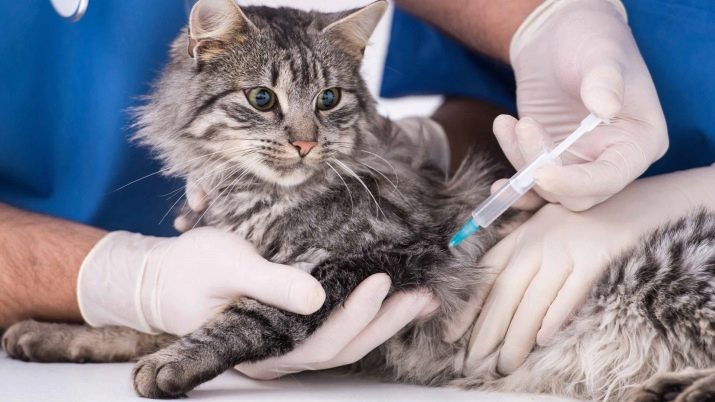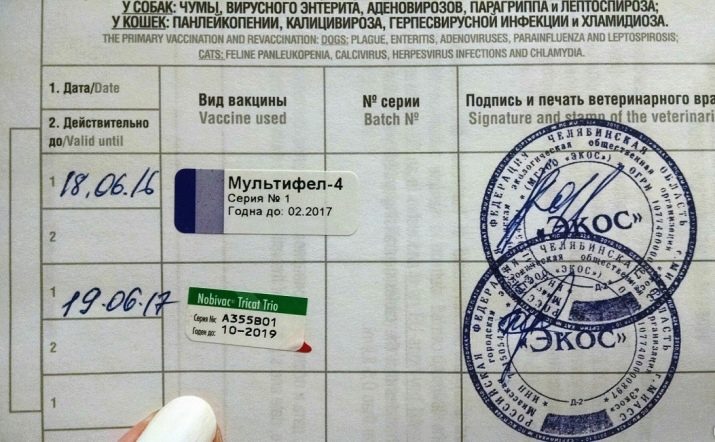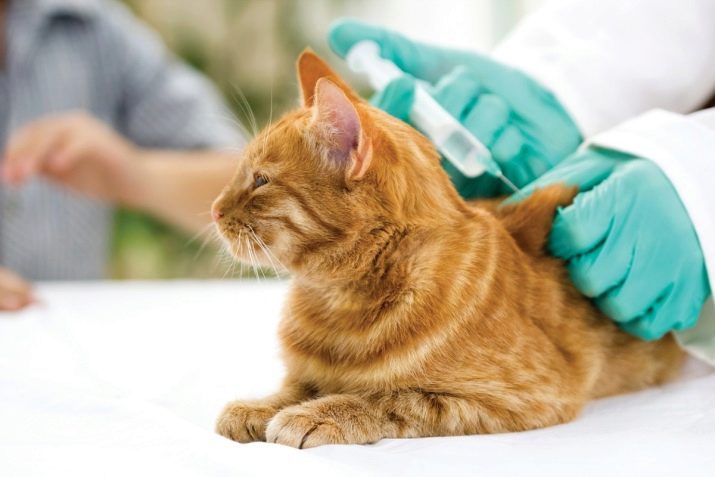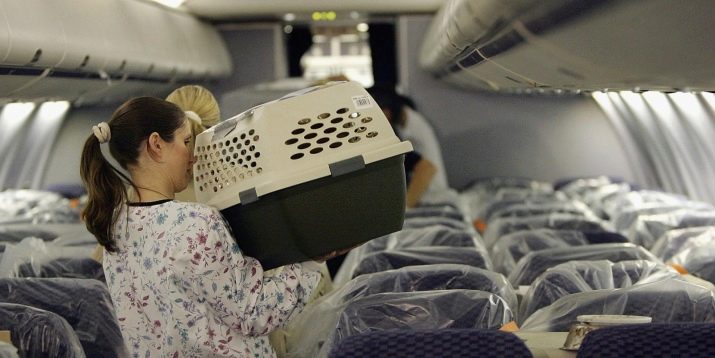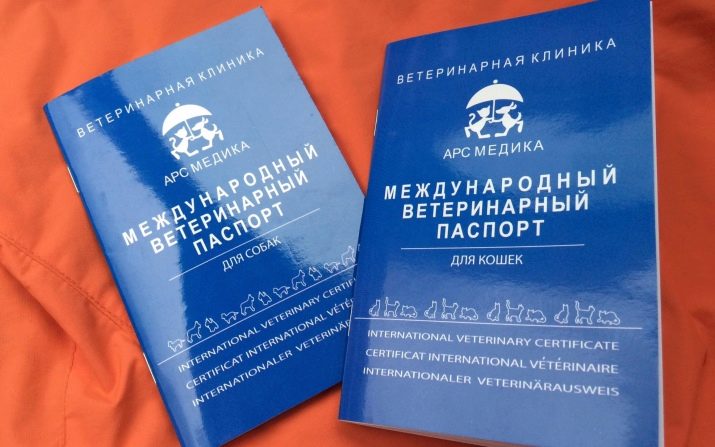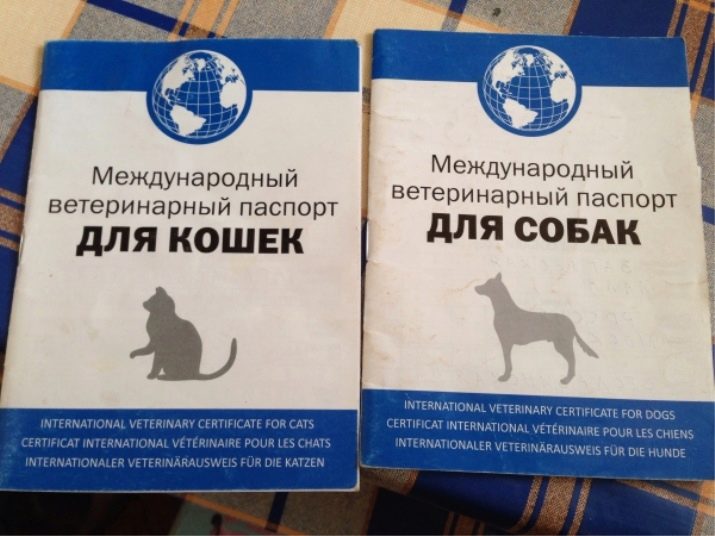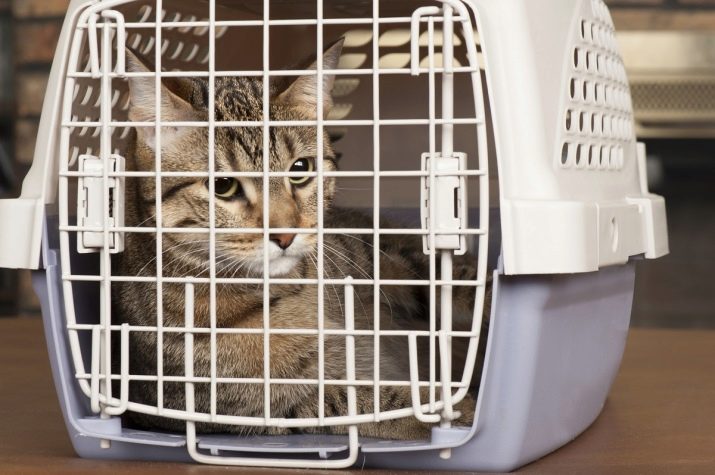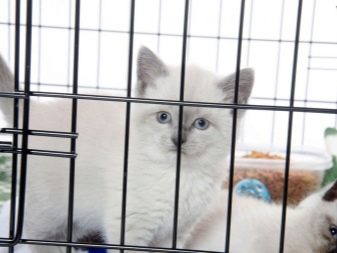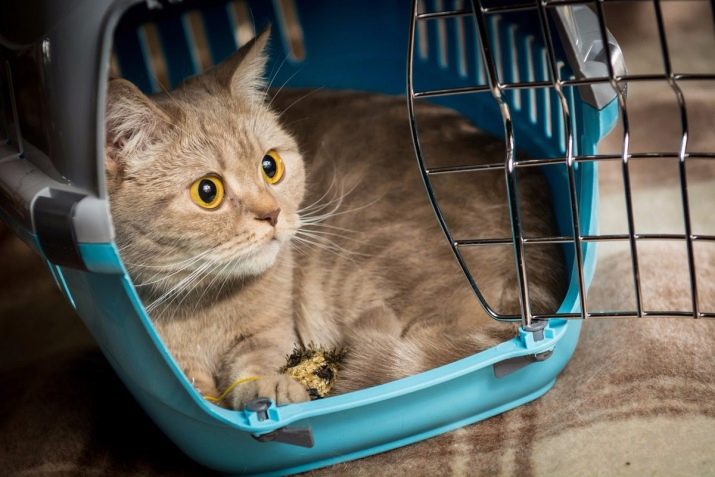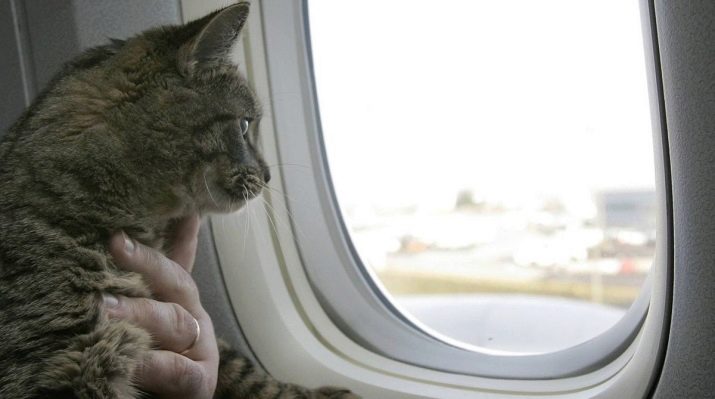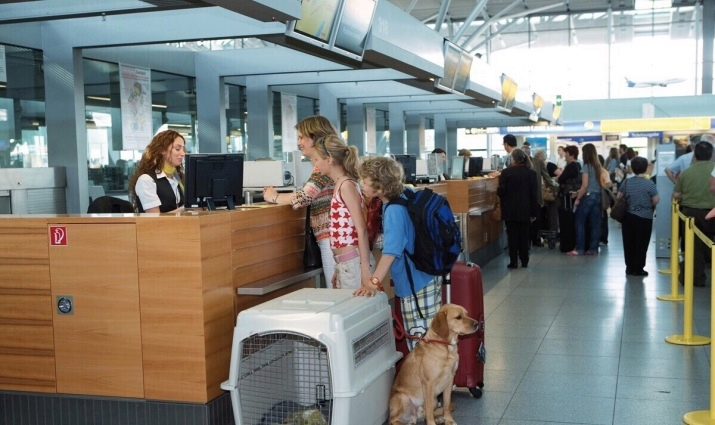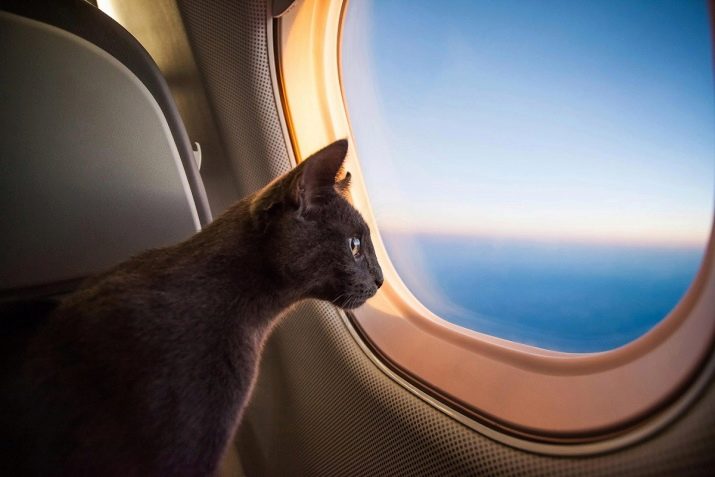Moving to another country often means transporting pets, most often cats. However, it is impossible to simply declare at the airport and load the pet into the luggage compartment - it is first necessary to assemble a package of documents, vaccinate, properly prepare a pet and find out the transportation rules for a particular airline.
Basic requirements of carriers
Air carriers allow you to transport a cat on an airplane both in Russia and abroad. Of course, this can be done only for an additional fee. By law, the specific requirements of carriers are determined depending on the reasons for transporting a cat, but in fact, in order to transport an animal from one city of Russia to another, one veterinary passport with a valid rabies vaccination is sufficient. All requirements are easily clarified in the relevant order of the Ministry of Agriculture, as well as on the website of the selected airline.
The cat will definitely have to be vaccinated against rabies, which is easily carried out in any specialized clinic.
Usually, a week or 10 days before vaccination will have to give the pet anthelmintic drugs. A qualified veterinarian without any problems will advise the medicine and the required dosage. In pet stores you can take not only the whole package, but also one tablet, complete with a sticker, which is then pasted into the veterinary passport. The vaccination itself is also accompanied by the appearance of a mark in the document.
In addition to placing the label on the drug, the veterinarian specifies the dosage and date, paints and certifies everything with a personalized stamp.
Rabies vaccination is required to be repeated every year. After vaccination will have to wait three weeks, and then the animal is allowed to be transported in any way. It is important to mention that the transportation of a cat in the cabin is possible under several conditions. The total weight of the animal and carrying should not exceed 8-10 kilograms, and the exact limit is determined by the carrier.
Dimensions of the container can also be seen on the company's website. A cat should not be dangerous neither for personnel, nor for passengers, otherwise it will not be allowed into the salon. In addition, the animal should not smell bad or be infected with parasites.
The pet must be accompanied by a person whose age is over 18 years old and his capacity is beyond doubt. To send a cat unaccompanied, you will need to contact certain companies offering this service. In this case, the pet is usually transported in the luggage compartment, and at the place of arrival it must be met by a special person who has received the power of attorney of the owner. By the way, a sick animal cannot be carried by air either.
Moreover, some carriers set a limit on the number of animals in an aircraft - usually 5 pieces. The cost of traveling with a cat in Russia will cost 3.5 thousand rubles, and the world - 5 thousand rubles.
Required documents
The main document required to transport a cat through the air in Russia and in the CIS countries is a veterinary passport. It contains all the information about the owner and the animal, as well as notes about the vaccination.
If the cat needs to be taken to the exhibition or transferred to a new owner, then additionally require veterinary certificate No1. It is issued after contacting a specialized veterinary institution where the examination is carried out, the data of the veterinary passport are studied, and a certificate is issued.
Some companies additionally require a special certificate stating that the chip is inserted into the pet.
In the case when the cat goes abroad, the package of documents expands a little. In this case, the passport will have to be done internationally, and you can not do without a veterinary certificate and a certificate of chipping. In addition, you should prepare two references: that the cat has no breeding value, and that antibodies to the rabies virus have already been identified. The second certificate is issued for three weeks, so do not postpone it for the last moment. Finally, the cat owner receives an international certificate at the airport.
Transportation rules
The cat is allowed to be transported in an airplane only if there is a carry. The requirements for the container are more or less similar for different airlines: its weight with the animal should not exceed 8 kilograms, and the sum of three dimensions should be 125 centimeters. Some carriers also set certain requirements regarding the height of the cage - for example, it should not exceed 20 centimeters in order to sit comfortably under the seat.
Therefore, before traveling, you must go to the airline's website yourself and find out if it has any specific requirements.
Carriers should not be installed in the aisles, near the emergency exit, next to children or other animals. On the other prohibitions can tell the cabin crew. In the selected container, the cat should be able to lie down, sit, stand and stretch its legs. However, it is considered a significant violation when the pet gets the opportunity to stick its paws, muzzle or tail through the grille.
You can transport a cat in either a rigid or soft construction. Soft costs less, it does not take a lot of space, but it is only allowed to take it into the cabin. It is very important that the carrier is carefully closed and the cat lacked the ability to escape, but the animal constantly had access to fresh air.
The lower part should be moisture-proof and additionally covered with a special material that can make the process of going to the pet's toilet without any difficulties. Absorbing nappies that are sold in a regular pharmacy will perfectly cope with the task.
It is reasonable to additionally fix them inside the carrying.
Rigid structures are made of high-quality plastic. As a rule, the latches are located on the door and on the sides. The cell bottom also requires additional coating, the main function of which is to absorb liquids. Whether it is allowed to bring such a container into the cabin is determined depending on the rules of the air carrier.
Some of them transport animals only in the luggage compartment.
Experts recommend pet owners transported in the cabin, additionally take with you a clean diaper, already trimmed to the required size, as well as double-sided tape with which it can be fixed. Wet wipes are also useful for quick cleaning up after a pet.
If after going to the toilet the cats need to replace the cover, the owners will be able to complete the task without any complications.
During the flight, the owners are not allowed to get the cats or take them in their hands. With the consent of the representatives of the airline inside the carrier, you can install a water bottle, especially if the flight is a long one.
Before you pay for tickets for a trip, you need to find out whether they will take a cat on board. To do this, the first thing they have to just book, given the class of purchase. Preference should be given to those firms that allow you to make changes at no additional charge.The cat itself, as a rule, is issued as oversized baggage. Following it is important to call the carrier itself and issue a request for the transportation of a cat.
Again, how much time to contact the airline, it turns out on the site.
The operator specifies the parameters of the animal and where it needs to be transported - in the luggage compartment or in the cabin. After coordinating all the information, the airline representatives will call the owner of the animal, after which you can pay for the tickets.
It is recommended to arrive at the airport in advance, about a couple of hours before the flight. During the inspection, the scanner checks the carrying and the pet goes through the frame on the hands of the owner. Following immediately to go to the veterinary control, which puts the necessary marks in the passports and issues a certificate. At the reception desk, the cat is registered along with the luggage, but unlike the latter, it remains with the owners. Payment for transportation of a cat is carried out at this stage, right at the airport.
Finally, pets are either sent to the salon or to the oversized baggage department.
Animal preparation
The flight is a rather stressful situation for any animal, especially if it is a small kitten, so some preparation for the journey should still happen. In principle, it is recommended to transport the pet on a half-empty stomach so that it does not have vomiting or diarrhea.
Ideally, from the last meal to the immediate departure should be 4 hours. If the flight takes place with a transfer, then during the break it would be good to give him a drink, even if it was forced. It is not necessary to offer liquid during a short trip.
By the way, wet food in bags is easily carried in hand luggage, but you cannot feed a cat during the flight.
It is strictly forbidden to use a sedative before the flight. It is better not to additionally load the cardiovascular system of the animal, which already has to feel significant changes in atmospheric pressure. If the animal is weak, then it is important to provide him with a flight in the cabin, and not in the luggage compartment. In the second case, the temperature around is much lower, despite the included heating.
But if the flight nevertheless takes place in the cargo compartment, it would be good to warm the cage or container additionally.
In principle, a course of sedation can be drunk a few days before the planned flight, especially if the animal is nervous. Additionally, it is worth creating a veterinary first-aid kit, the transportation of which in the hand luggage is not forbidden. A couple of weeks before the planned trip, the cat should start getting used to the container, bag or cage.
It is important to achieve such a state when the pet stays absolutely calm in it, it does not get nervous, does not scream and does not survive. Unfortunately, if the cat will behave restlessly, then the owners will have to refuse to transport the pet in the cabin and send it to the luggage compartment.
On the rules of transporting a cat in an airplane, see below.
